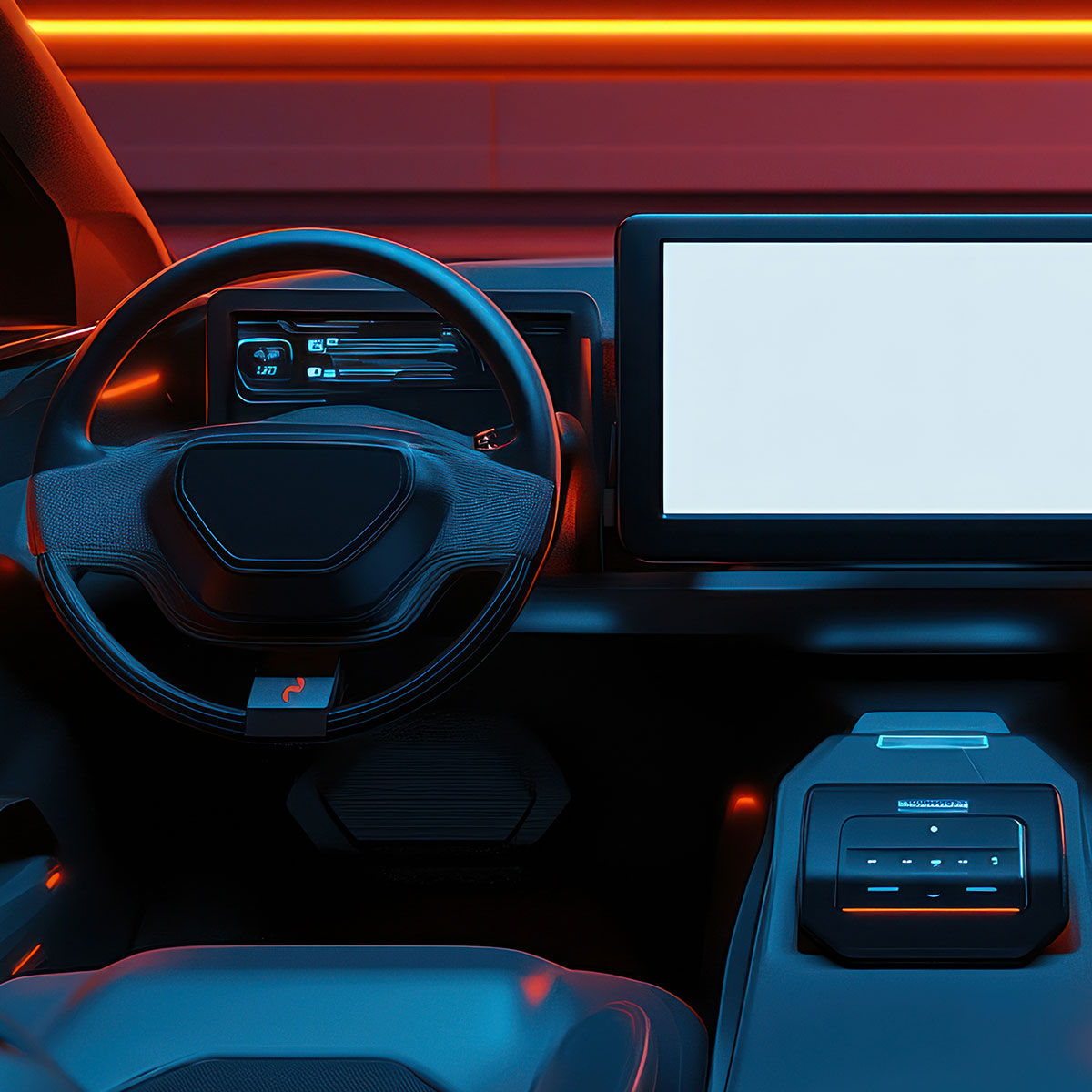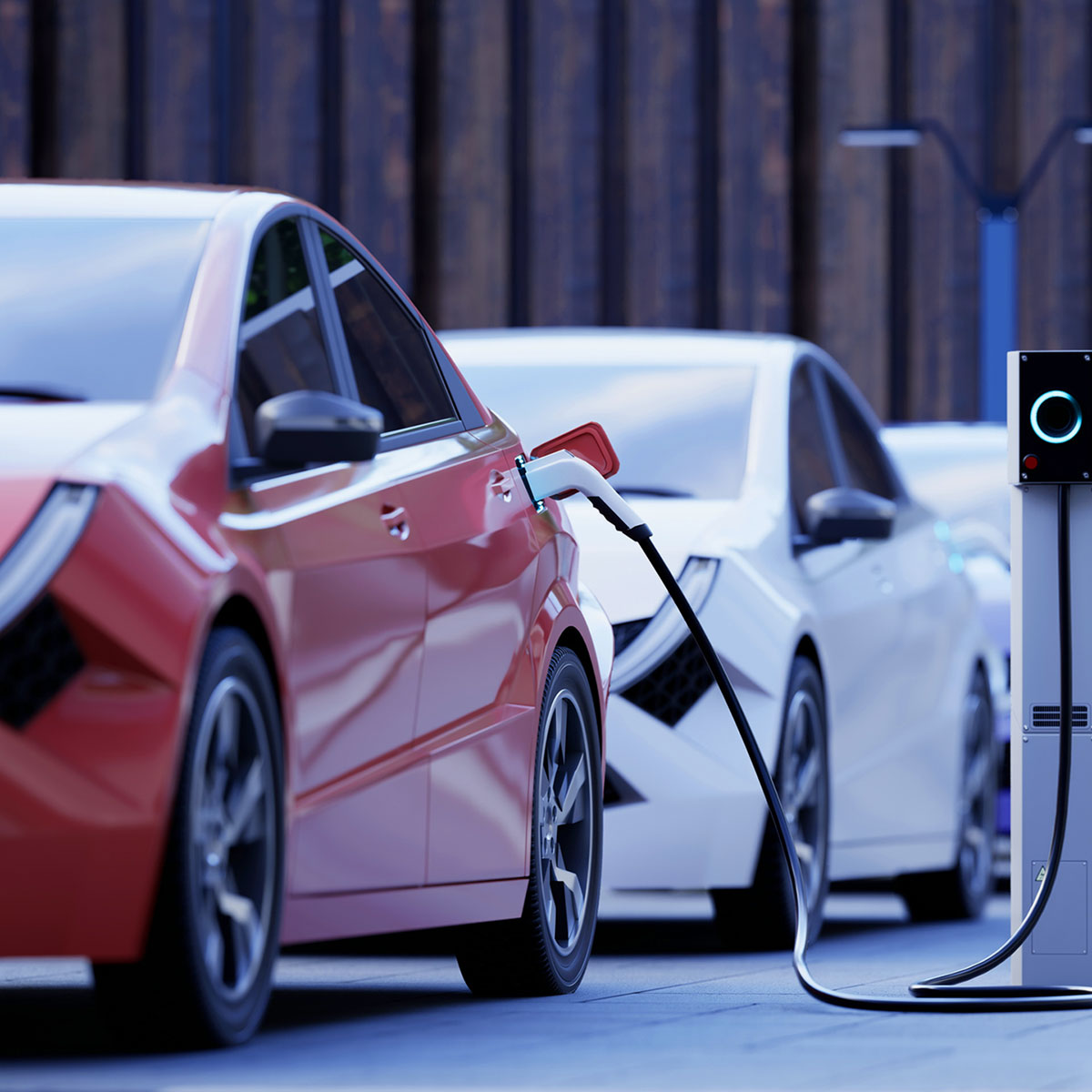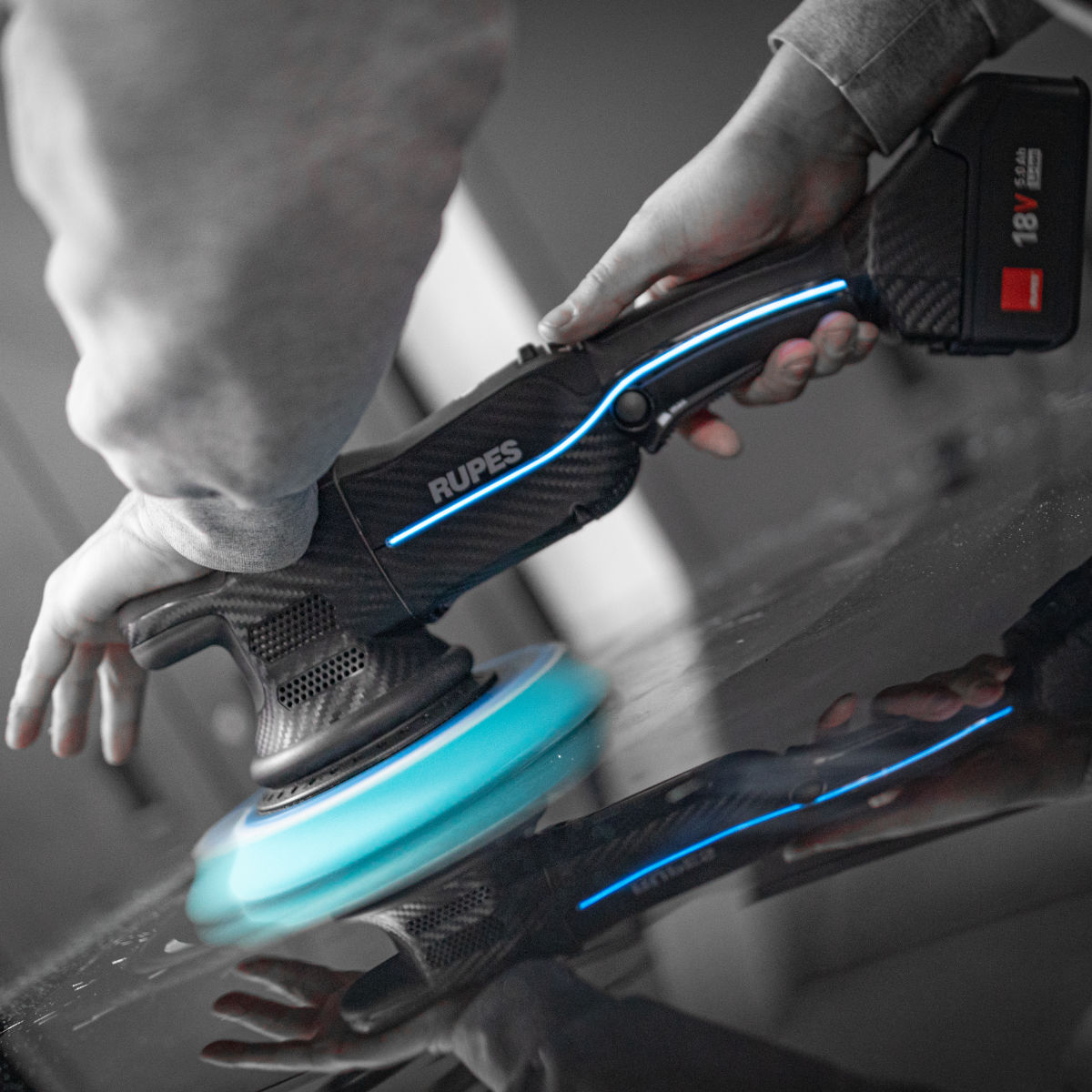Reading time: 3 minutes

What kind of Advanced Air Mobility is already close to profitability?
We distinguish three categories: UAVs (Unmanned Air Mobility), UAM (Urban Air Mobility) for four passengers and cargo with a range of up to 100 kilometres, and RAM (Regional Air Mobility) with a range of up to 300 kilometres and for up to 19 passengers.
According to our Unit Cost Economic study, airport shuttles in the UAM category have the greatest potential to quickly achieve profitability. Their advantage is a high demand. We assume that many people will take advantage of this and that prices equivalent to taxi fares will be possible.
Are there opportunities for Air Mobility on regional routes in Germany?
Absolutely. These distances are interesting for RAM, for example on the routes Munich-Zurich, Munich-Salzburg, and Munich-Innsbruck. If such a vehicle were used on these routes, it would already be price-competitive compared to existing air connections. On top of that, there’s a potential for establishing new routes that aren’t commercially viable for airplanes, as well as advantages in shifting existing routes to RAM due to the greater time-efficiency.
What are the specific challenges involved in launching Air Mobility?
Apart from the question of where Air Mobility will take away from the existing helicopter market, the challenge is to convince people to choose this new mode of transport. We do not face the same challenge with e-mobility, for example, where the car as a vehicle remains almost identical. The application of Air Mobility can be compared to the situation when car sharing started to compete with traditional taxis. Today, however, the total market is larger than before because car-sharing services have created an additional market.
What are obstacles?
The whole field has evolved from electric flight. At that time, five or six years ago, people expected battery technologies to advance much faster than they have. Even in Air Mobility, many concepts today have the problem of short ranges or low speeds, or that the battery has to be replaced very often, which leads to high costs. Batteries for electric cars have developed faster than expected ... The performance class of batteries for aviation is much higher than in the automotive sector. In the automotive sector, cars with 600 or 700 kW batteries are already in the high-end range. In the eVTOL sector, however, a starting power as high as 2 MW can be required. This is a completely different class.
Is there a way out?
The trend is towards hybrid-electric flight, which means combining a conventional gas turbine from a helicopter, for example, with a battery electric drive system. This gives us the best of both worlds: the short take-off time of the distributed battery electric drive, and the long range of the hybrid electric drive.
Read the study here: “Advanced Air Mobility on the runway to commercialization” (08/24)








